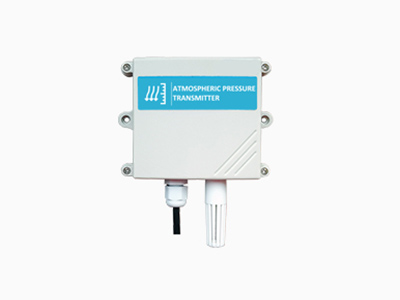Agriculture is the backbone of our society, providing us with food, fiber, and fuel. With the global population expected to reach 9.7 billion by 2050, the demand for agricultural products is only going to increase. In order to meet this growing demand, farmers and agricultural professionals are constantly seeking new ways to improve their productivity and efficiency.

One area that has seen significant advancements in recent years is soil sensor technology
Soil sensors are devices that are used to measure and monitor various soil parameters, such as moisture levels, temperature, and nutrient content. These sensors have the potential to revolutionize the way we manage our agricultural land, by providing real-time data that can be used to make more informed decisions about irrigation, fertilization, and crop management.
In this article
we will explore the potential of soil sensor technology in agriculture, and discuss how it can help to improve productivity, reduce environmental impact, and ensure the sustainability of our food production systems.
The Benefits of Soil Sensor Technology
Soil sensor technology offers a wide range of benefits for farmers and agricultural professionals. One of the most significant advantages is the ability to monitor soil moisture levels in real time. This information can be used to optimize irrigation schedules, ensuring that crops receive the right amount of water at the right time. By avoiding over-irrigation, farmers can save water and reduce the risk of waterlogging, which can lead to soil erosion and nutrient leaching.
In addition to moisture monitoring
soil sensors can also measure temperature and nutrient levels in the soil. This information can be used to optimize fertilization practices, ensuring that crops receive the right balance of nutrients for healthy growth. By avoiding over-fertilization, farmers can reduce the risk of nutrient runoff, which can lead to water pollution and environmental damage.
Another benefit of soil sensor technology is the ability to monitor soil health over time
By tracking changes in soil parameters, farmers can identify trends and patterns that may indicate the need for corrective action. For example, a decrease in soil moisture levels may indicate the need for additional irrigation, while a decrease in nutrient levels may indicate the need for additional fertilization.
Overall, soil sensor technology has the potential to improve productivity and efficiency in agriculture
while also reducing environmental impact and ensuring the long-term sustainability of our food production systems.
Challenges and Opportunities
While soil sensor technology holds great promise for the future of agriculture, there are still some challenges that need to be addressed in order to fully realize its potential. One of the main challenges is the cost of implementing soil sensor technology on a large scale. While the cost of soil sensors has decreased in recent years, it can still be a significant investment for many farmers, especially those in developing countries.
Another challenge is the need for more research and development to improve the accuracy and reliability of soil sensors. While current sensors are capable of providing useful data, there is still room for improvement in terms of precision and consistency. Additionally, more research is needed to develop new sensors that can measure additional soil parameters, such as pH levels and microbial activity.
Despite these challenges, there are also many opportunities for the future of soil sensor technology in agriculture. For example, advancements in wireless communication and data analytics are making it easier to collect, analyze, and interpret soil sensor data. This can help farmers to make more informed decisions about their land management practices, leading to improved productivity and sustainability.
Another opportunity is the potential for soil sensor technology to be integrated with other precision agriculture technologies, such as GPS-guided tractors and drones. By combining these technologies, farmers can create a more holistic approach to land management, optimizing their practices for maximum efficiency and environmental sustainability.
Conclusion
Soil sensor technology has the potential to revolutionize the way we manage our agricultural land, by providing real-time data that can be used to make more informed decisions about irrigation, fertilization, and crop management. While there are still some challenges that need to be addressed, there are also many opportunities for the future of soil sensor technology in agriculture.

As the global population continues to grow, it is essential that we find new ways to improve productivity and efficiency in agriculture, while also reducing environmental impact and ensuring the sustainability of our food production systems. Soil sensor technology offers a promising solution to these challenges, and has the potential to play a key role in the future of agriculture. By digging deeper into the potential of soil sensor technology, we can uncover new opportunities for innovation and progress in the agricultural industry.
